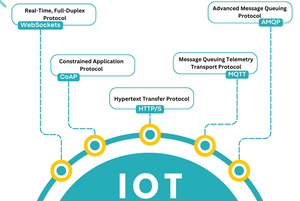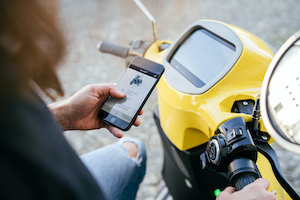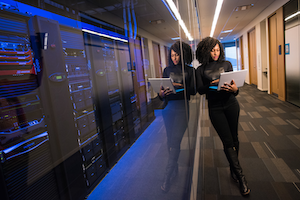IoT Gateway to Cloud Protocols
In the rapidly evolving world of the Internet of Things (IoT), gateways play a crucial role in ensuring seamless communication between devices and cloud systems. At Atreyo, we specialize in manufacturing state-of-the-art IoT gateways designed to bridge the gap between different devices and cloud networks. A key component of this connectivity is the use of various communication protocols. In this blog, we'll dive into the essential protocols that empower our IoT gateways and why they are vital for a robust IoT ecosystem.
What is an IoT Gateway?
Before we delve into the protocols, let’s briefly define what an IoT gateway is. An IoT gateway acts as a bridge between IoT devices (sensors, actuators, etc.) and the cloud or centralized data systems. It facilitates data collection, processing, and transmission, ensuring that information flows efficiently and securely between devices and the cloud.











